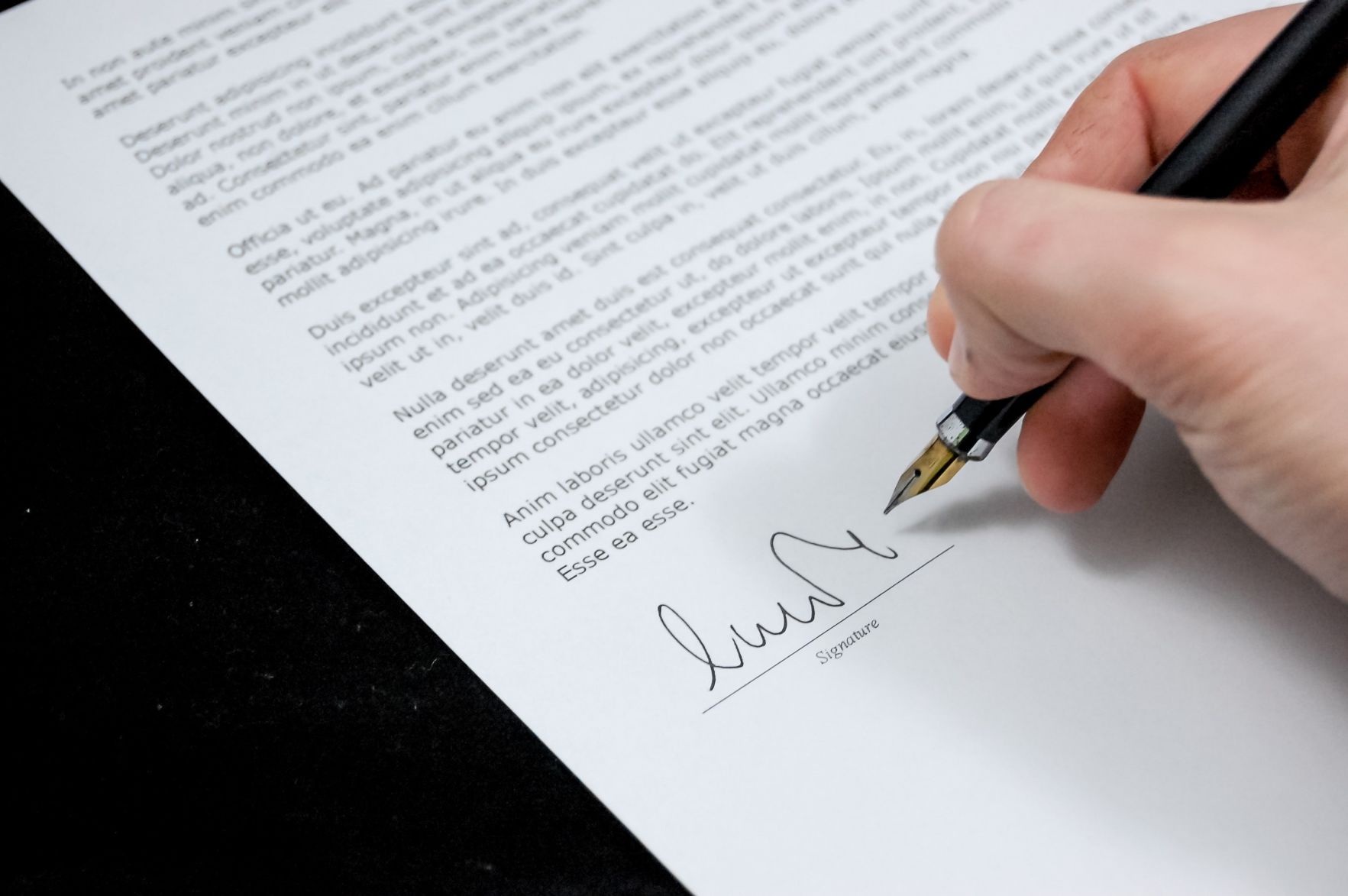I was on a conference call in August and one of the participants asked the question: Who are the two biggest owners of tillable ground in the United States?
The first was easy, we all knew Bill Gates has been making headlines with his farmland purchases. He currently owns 242,000 acres in 18 states. Next, someone suggested Ted Turner, but he mostly owns rangeland, not tillable farm ground. The answer was China. This was a revelation to me, although I guess it should not have been since the Chinese are the owners of Smithfield Foods. This got me thinking about how America’s food system is owned, and further question U.S. food security.
Back in 1978, Congress passed the Agriculture Foreign Investment Disclosure Act, allowing the U.S. Department of Agriculture to begin collecting data on foreign investment in agricultural land. According to USDA data from 2020, 37.6 million acres of ag land is foreign-owned, or about 2.9%. This doesn’t seem like a lot until you realize it is nearly the size of Iowa.
An important consideration in this issue is that foreign investment in the U.S. comes from companies, not countries. That is, except for China. Communist China companies making purchases here are essentially government controlled. While other foreign companies may own American farmland, the vast majority are either privately or publicly held. While it is true that Canadian companies own 29% of America’s foreign-owned ag land, these companies may have investors from around the world, not just in Canada.
Farmland includes land used for crops, pasture and timberland. Much of the foreign-owned land is forested. Maine is a good example of a state with 3.3 million acres of foreign ownership, but nearly all of it is forest land owned by timber companies in the northern half of the state.
In its annual report, USDA mentions what trends they see in foreign ownership over the last several years. Since 2015, the amount of agricultural land acquired by foreign interests has risen to 3.3 million acres per year. But, the previous six years had an average of just 0.8 million acres annually. Some states have established regulations concerning foreign ownership. Iowa for instance restricts foreign ownership of agricultural ground with a few exceptions, including land taken as a debt. However, this land must be disposed of within two years. Idaho prohibits foreign ownership of public land that goes up for sale. However, many states have no restrictions. Missouri actually changed its law on foreign ownership to allow China to buy Smithfield Foods.
As food security becomes a larger issue in the future, we should consider who is buying ag land and how much they are acquiring. During the peak of the COVID-19 pandemic, many grocery store shelves were bare. Do we want a repeat of that? I don’t think so. While food security goes hand in hand with poverty, as a nation we should consider how we can weather the next food crisis. Since many of our meat packing plants are foreign owned, should we also allow for more foreign ownership of farmland? While we export a great deal of food around the world, we should be trying to keep those profits in family farmers’ hands, and not those of foreign investors.
—Bruce Schultz, Raynesford, Montana, is vice president of the National Farmers Organization.



